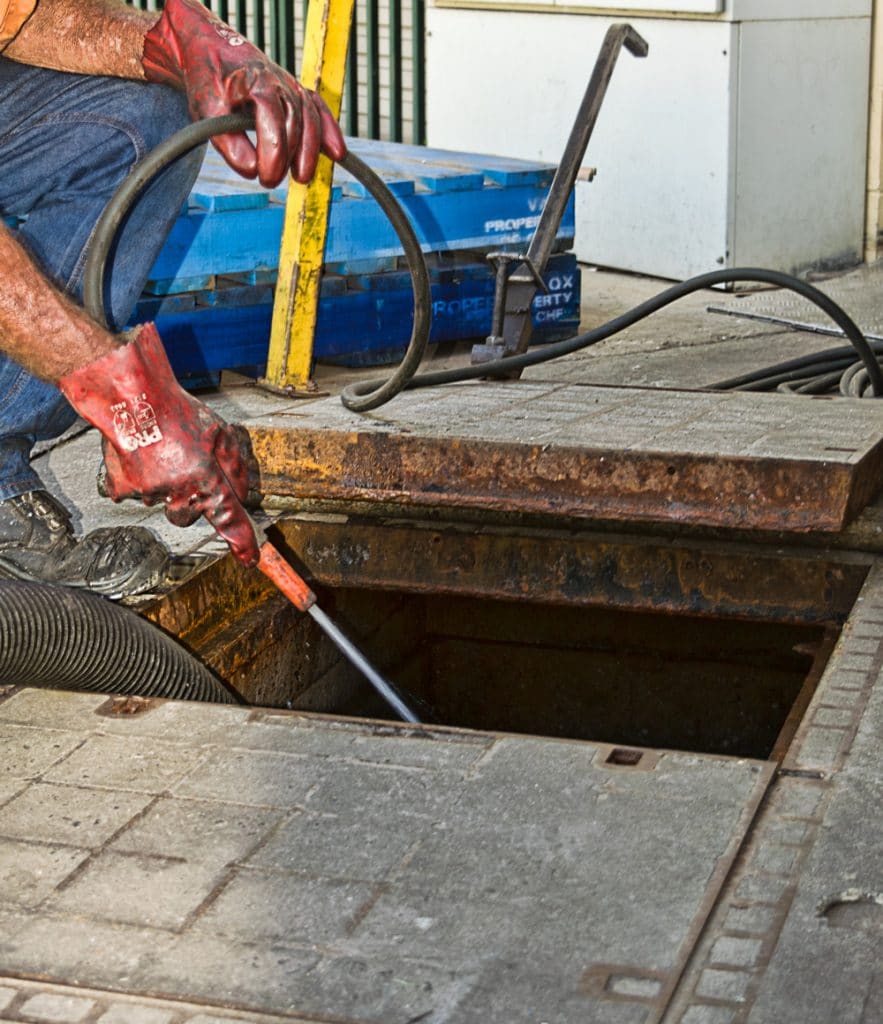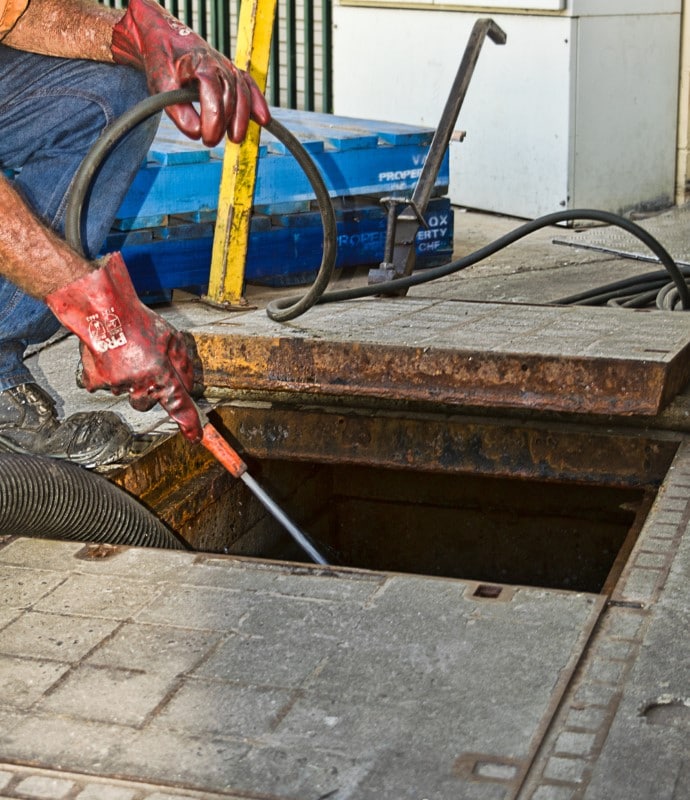
This is the main reason why elderly people go to retirement homes. Here, they have their own space and will not be a bother to their families, especially when they develop a health condition that requires constant medical attention. In a retirement home, every staff member is at a ready to assist their elderly patients. Food and medication are provided on a regular basis. Personal hygiene is also maintained to raise the self-esteem of the elderly patients. Food is the most important and most frequent service that the retirement home has for the elderly. There is only palatable food given to them only because they have to get their nutrient requirements everyday and so that their self worth is intensified
The United States retirement homes contribute a lot to the FOG (fats, oils, grease) crisis in the country. They always have functioning kitchens and bathrooms. FOG comes from these two main facilities but the larger amount of FOG comes from the kitchens. Food has to be constantly supplied to help improve the residents’ quality of life. Because of the increasing demand for retirement homes, the federal government has required these institutions to follow the grease ordinance. Those who own these retirement homes are required to have grease traps to control the FOG that they produce. The traps should be issued with legal permits and should be inspected on a regular basis. The owners should assign employees to inspect and monitor the grease traps to fully establish a pump out schedule. It’s a standard to have the grease traps cleaned out at least four times every year. But retirement homes have to make sure that the FOG they produce doesn’t overflow so they tend to pump it out more frequently.
Retirement home grease trap cleaning should be done with an effective cleaner. Bacteria are the safest cleaners that should be used on these traps. They are voracious eaters that consume the solid waste materials and FOG until there are no traces of them left. Even the foul smells will be eradicated. Bacteria-based cleaners have no chemical discharges that pollute the environment. There are two processes that involve the use of bacteria—bio-augmentation and bioremediation. Bio-augmentation uses a selected strain of bacteria to digest FOG and other contaminants. Bioremediation uses non-pathogenic bacteria to break down the FOG and convert it to less detrimental forms.
It would be a smart and practical move to invest in bacteria to take care of the retirement home grease traps. If they are used, pump outs will be less frequent because bacteria will constantly digest the solid wastes and FOG in the trap. Retirement home grease trap cleaning should be spearheaded by the people who work in the kitchen. They should also manually segregate the grease materials and place them in sealable containers to properly dispose of them. The sinks used for washing should have strainers or meshes to catch the small pieces of FOG and food. This practice will cut down a huge amount of FOG that enters the grease trap.
Retirement home grease trap cleaning should be performed with consideration. Using bacteria would lengthen the life span of the trap and will even improve its performance.
